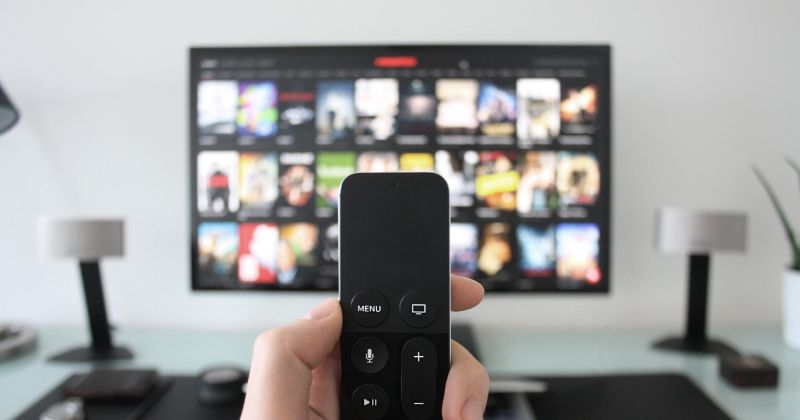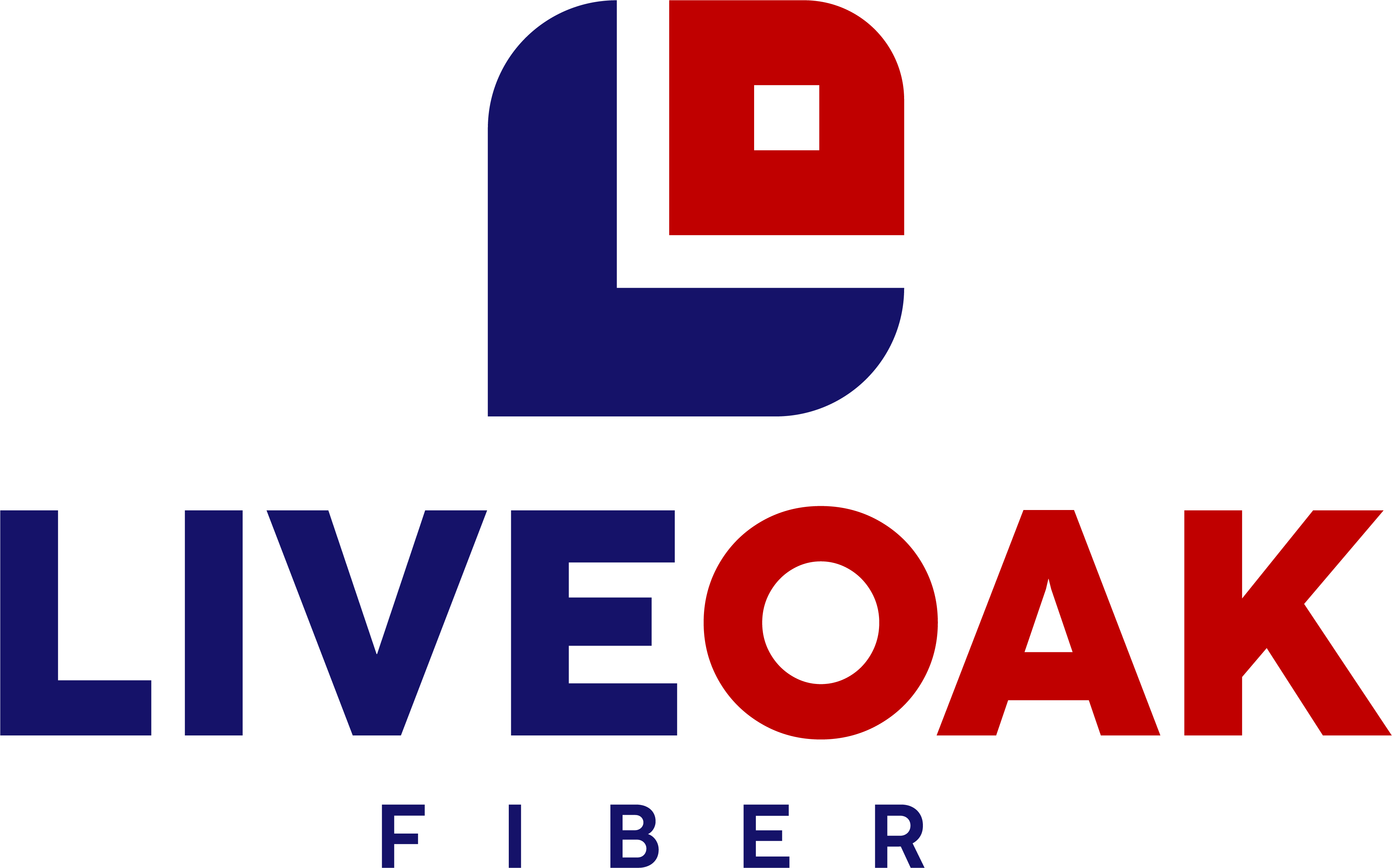
In today’s hyper-connected world, choosing the right internet provider isn’t just about getting online—it’s about ensuring your digital life runs smoothly. From remote work and virtual classrooms to streaming 4K videos and gaming without lag, your internet service provider (ISP) plays a pivotal role. But with so many options and confusing packages, how do you pick the best one near you? Here’s a comprehensive guide to evaluating internet providers in your area.
1. Know Your Needs First
Before diving into research, start with a clear picture of your household’s internet habits:
- Casual Use: Browsing, email, social media. Speeds of 500 Mbps may suffice.
- Streaming & Gaming: HD or 4K streaming, multiplayer games, Zoom calls. Aim for 1-2 Gbps or more.
- Smart Homes & Remote Work: Multiple devices, IoT gadgets, home offices. 5 Gbps service may be ideal.
The number of users and devices is just as important as your primary activities. A house of five remote workers has very different needs than a single casual user.
2. Check Availability by Address
Not all ISPs are available everywhere, so start by entering your zip code or address on ISP comparison sites like:
- FCC’s National Broadband Map
- BroadbandNow
- Your state or local government broadband initiatives
These tools show which providers serve your location and what types of internet (fiber, cable, DSL, fixed wireless, satellite) are available.
3. Compare Connection Types
The type of internet affects speed, reliability, and future scalability:
- Fiber: Fastest, most reliable, symmetrical speeds (equal download/upload). Ideal for heavy use.
- Cable: Widely available, fast downloads, slower uploads. Can suffer congestion during peak hours.
- DSL: Older tech, slower and less reliable. Usually budget-friendly.
- Fixed Wireless: Good rural option. Moderate speeds, can be affected by weather.
- Satellite: Best for remote areas with no wired options. High latency, data caps common.
Fiber is the gold standard—if it’s available, it usually wins. But where it’s not, the next best option depends on your use case.
4. Evaluate Speed, Bandwidth, and Data Caps
Advertised speeds can be misleading. Look for:
- Consistent Performance: Check independent speed test data (e.g., Ookla, Netflix ISP Index).
- Upload Speeds: Crucial for video calls, uploading files, or gaming.
- Data Caps: Some providers throttle speeds or charge fees after a limit (e.g., 1TB per month).
Also consider whether you’re getting a dedicated line (like fiber) or a shared connection (cable or DSL).
5. Understand Pricing & Hidden Fees
Introductory rates often jump after 12 months. Ask about:
- Monthly rate after promotions end
- Installation and equipment rental fees
- Early termination penalties
- Price lock guarantees
Request a written quote with all fees before signing anything.
6. Customer Service Matters
Internet downtime can derail your day—good customer support is crucial. Check:
- Online reviews (Google, Trustpilot, Better Business Bureau)
- Response times and local support presence
- Options for 24/7 support or chatbots
If possible, ask neighbors about their experiences with local ISPs.
7. Assess Reliability & Local Reputation
Don’t just focus on speed. Reliability includes:
- Network uptime
- Outage frequency
- Fast resolution times
Some smaller regional ISPs offer better reliability and customer care than national giants. Local Facebook groups or neighborhood forums like Nextdoor can be helpful for real feedback.
8. Contract Terms & Flexibility
Many ISPs push you into long-term contracts. Ask:
- Is there a month-to-month option?
- What happens if you move?
- Can I upgrade/downgrade without penalties?
Flexibility is especially important if your needs may change soon.
9. Future-Proofing: Is the ISP Investing in Upgrades?
The best ISP isn’t just good today—it’s improving tomorrow. Look for:
- Providers expanding fiber networks
- Local grants or investments in broadband infrastructure
- Commitment to sustainability or community development
These indicators show whether the provider is future-ready or falling behind.
10. Make the Switch Strategically
When switching providers:
- Overlap services by a few days to avoid downtime.
- Use a wired connection to test speeds when installed.
- Return old equipment promptly to avoid charges.
If installation is delayed or performance doesn’t match the promise, know your rights and local consumer protections.
Final Thoughts
Choosing an internet provider is about more than just speed—it’s about finding a partner that fits your lifestyle, budget, and future needs. By taking a systematic approach, you can find an ISP near you that delivers the performance and support your home deserves.
